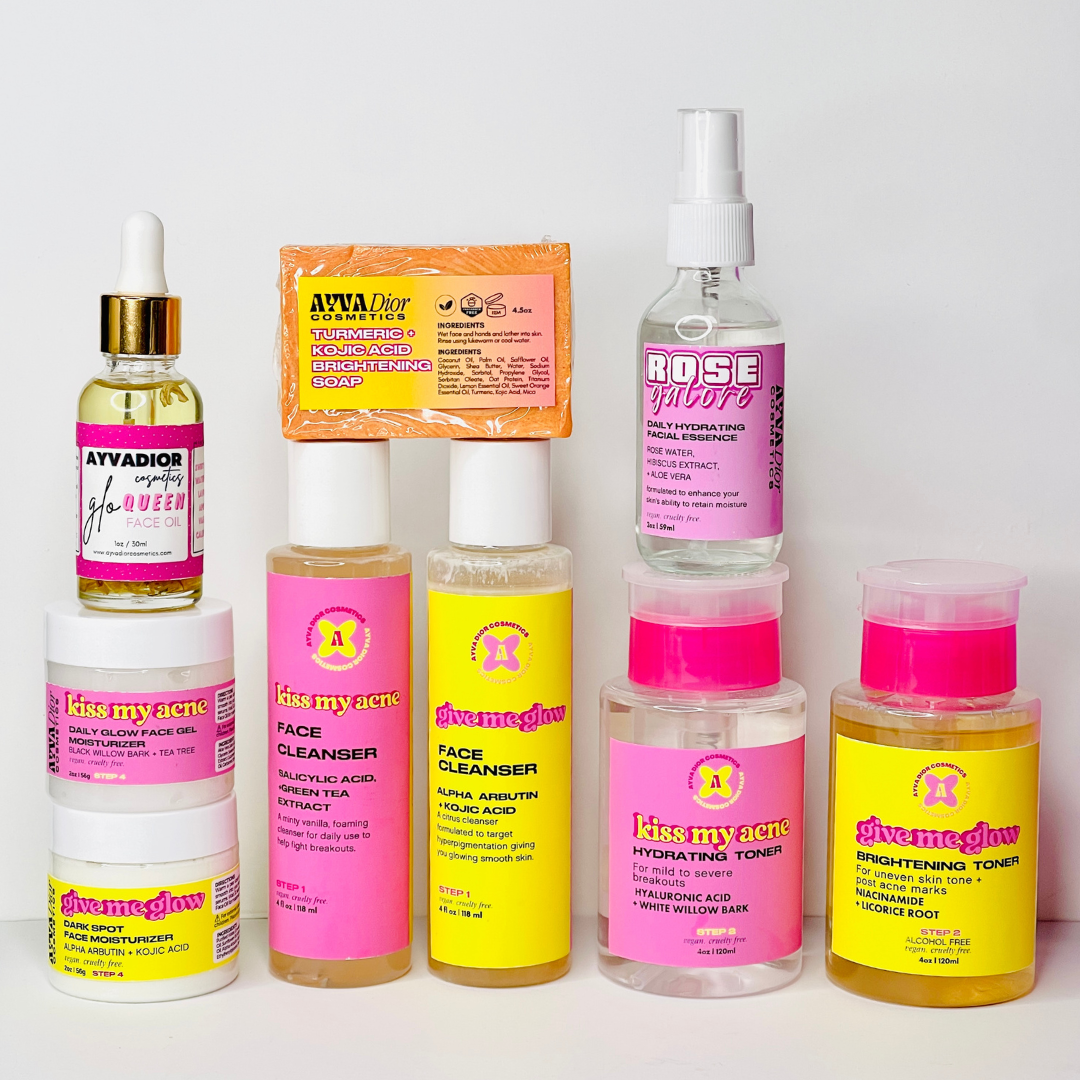When it comes to skincare, understanding your skin type is crucial for achieving a healthy and radiant complexion. Our skin, the largest organ of the body, varies from person to person, and each type requires specific care and attention.
When creating a routine, the best place to start is by defining your skin type to ensure the products you select are working with and not against your skin’s natural properties in order to effectively target your concerns.
Whether you have oily, dry, combination, sensitive, or normal skin
this blog will provide you with insights and tips to help you navigate your unique skin type and develop an effective skincare routine.
Let's begin with normal skin, often considered the "ideal" skin type. Normal skin is well-balanced, neither too oily nor too dry. It has a smooth texture, small pores, and a natural glow. People with normal skin usually experience minimal sensitivity, few blemishes, and an overall even skin tone. To maintain the health of normal skin, a basic skincare routine consisting of cleansing, moisturizing, and sun protection is usually sufficient.
Oily skin is characterized by excessive sebum production, leading to a shiny complexion, enlarged pores, and a predisposition to acne breakouts. Individuals with oily skin often struggle with keeping their face matte throughout the day. However, oily skin tends to age slower and retains more moisture compared to other skin types. To manage oily skin, it's important to use gentle, oil-free cleansers, non-comedogenic moisturizers, and avoid heavy, greasy products that can clog pores.
Dry skin lacks proper moisture and tends to feel tight, rough, and sometimes itchy. It may appear dull, flaky, and prone to fine lines and wrinkles. Those with dry skin often require intensive hydration to restore the skin's natural balance. Skincare routines for dry skin should include mild, hydrating cleansers, rich moisturizers, and regular exfoliation to remove dead skin cells and promote cell turnover. Additionally, incorporating facial oils and avoiding harsh, alcohol-based products can help alleviate dryness.
Combination skin is a mix of both oily and dry skin types. It is characterized by an oily T-zone (forehead, nose, and chin) while the cheeks and other areas tend to be drier. Combination skin requires a tailored approach to address the contrasting needs of different areas. A balanced skincare routine includes gentle cleansers, targeted moisturizers for specific areas, and regular exfoliation. Additionally, using blotting papers or mattifying products on the oily areas can help control excess sebum.
Sensitive skin is easily irritated and reacts to various triggers such as weather changes, fragrances, certain ingredients, or even stress. It can manifest as redness, itching, burning, or dryness. Individuals with sensitive skin need to be cautious with the products they use and opt for gentle, fragrance-free formulations. Look for skincare products labeled as hypoallergenic and perform patch tests before incorporating new products into your routine. Sun protection is especially important for sensitive skin, as it can exacerbate existing sensitivities.
Conclusion:
Identifying your skin type is the first step towards developing an effective skincare routine that caters to your unique needs. Remember that our skin can change over time due to factors like age, hormones, and environmental influences. Regularly reassess your skin type and adjust your routine accordingly. Consulting with a dermatologist can provide further insights and personalized recommendations. With the right knowledge and care, you can achieve and maintain healthy, radiant skin regardless of your skin type.


